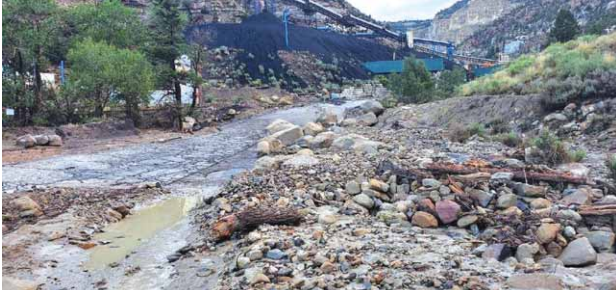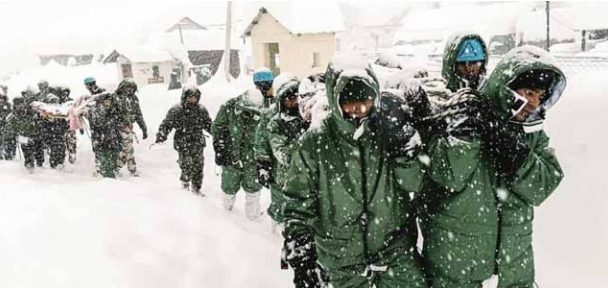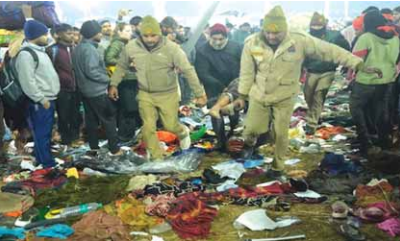On the morning of July 16, 2024, a devastating landslide struck Shirur in the Ankola taluk of Uttara Kannada district, Karnataka, at approximately 8:30 AM IST. This catastrophic event claimed the lives of at least nine individuals, while two others remain missing amidst the debris and the nearby Gangavalli River. The disaster unfolded due to a combination of heavy rainfall and ongoing construction work by the National Highways Authority of India, raising critical questions about safety and preparedness in landslide-prone areas.
The Geological Survey of India conducted a preliminary investigation, attributing the landslide’s occurrence to the excessive rain coupled with the construction activities. The landslide not only resulted in tragic loss of life but also obstructed National Highway 66, a crucial route connecting Ankola and Kumta. This vital roadway remained closed until August 1, when it was finally reopened to traffic. The aftermath of the landslide saw frantic search and rescue operations, which were hampered by the heavy rains that initially plagued the area. Reports indicated that a lorry driver from Kerala tragically lost his life when the landslide struck while he was resting in his truck along the roadside.
In a troubling turn of events, the government of Karnataka suspended active search operations on July 29, citing unsafe conditions in the Gangavalli River for diving. However, efforts were reignited in September, leading to the recovery of the lorry driver’s body. The initial search had seen multiple agencies involved, including the Indian Army and Navy, the National Disaster Response Force (NDRF), and the Karnataka Fire and Emergency Services. Despite their valiant efforts, only a fraction of those washed away could be retrieved, underscoring the chaotic and tragic nature of this disaster.
Chief Minister Siddaramaiah visited the site and expressed condolences, announcing financial compensation of ₹5 lakh (approximately $6,000) for the families of the victims. Local leaders, including A. K. M. Ashraf and Satish Krishna Sail, also mobilized support in the area, demonstrating the importance of community solidarity in times of crisis. The scene of devastation in Shirur reverberated through seven districts along the Western Ghats, leaving residents in panic and fear of further incidents.
Remarkably, this disaster is not an isolated event; it follows a distressing trend in the region. Just two weeks after the Shirur landslide, Wayanad in Kerala experienced a similar calamity, raising alarms about the recurring nature of such disasters in this vulnerable region. Historical data reveals that Uttara Kannada district has been plagued by landslides, with a staggering 439 incidents recorded between 2009 and 2021—the highest in Karnataka. This alarming statistic is further compounded by a 2022 advisory report from the Karnataka State Disaster Management Authority (KSDMA), which explicitly categorized Ankola as a “Landslide Susceptible Zone.” Such classifications underscore the pressing need for enhanced disaster preparedness and response strategies.
The recurring nature of landslides in this area, combined with the increasing frequency of extreme weather events attributed to climate change, calls for immediate action. The tragic events in Shirur serve as a stark reminder of the urgent need for robust disaster management frameworks and comprehensive risk assessments in landslide-prone zones. As communities rally together to recover from this tragedy, it is imperative for authorities and stakeholders to prioritize the development of effective mitigation strategies to safeguard lives and property in the face of mounting environmental challenges.
In conclusion, the landslide in Ankola is not just a local disaster; it is a clarion call for collective action and systemic change in disaster preparedness. As we reflect on the loss and suffering experienced by the victims’ families, let us also focus on the necessary steps that must be taken to prevent such tragedies in the future. The time for action is now, as we strive to create safer and more resilient communities in the face of an ever-changing climate.
Source:
frontline.thehindu.com






